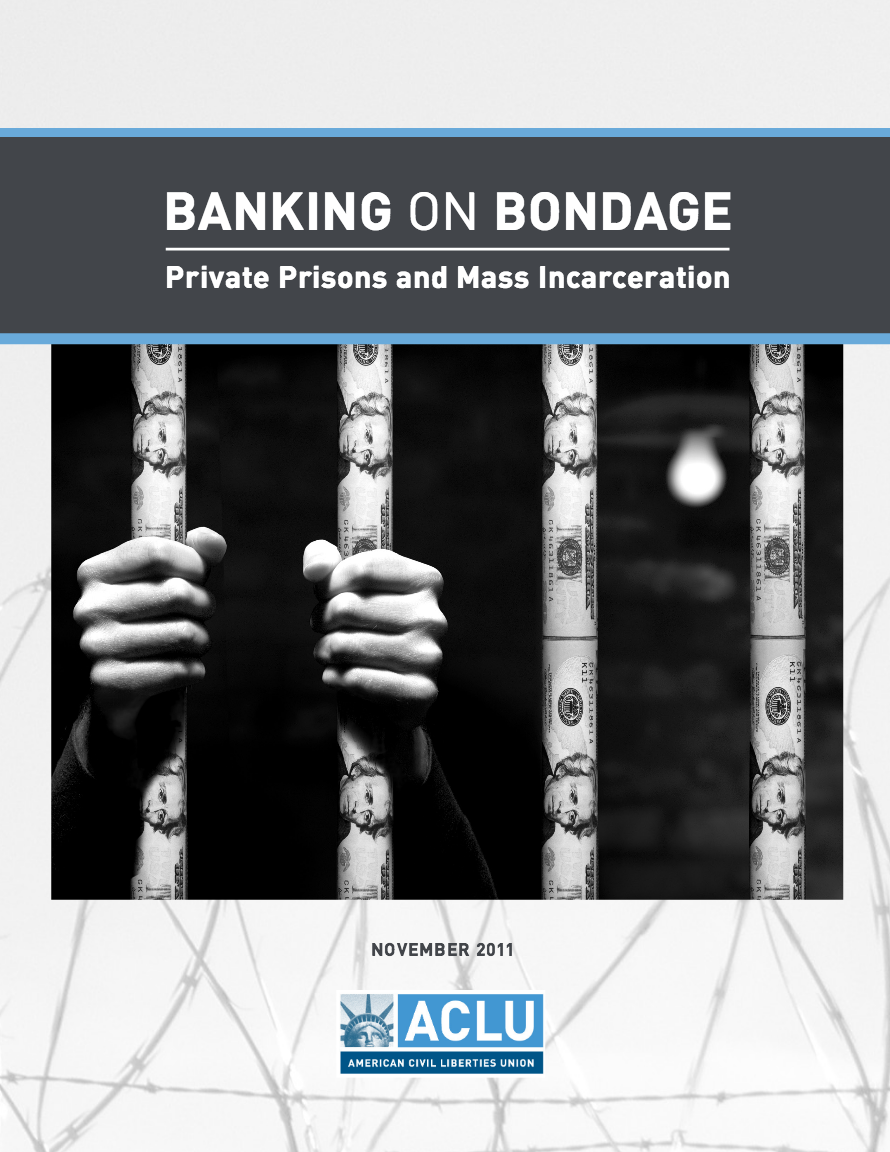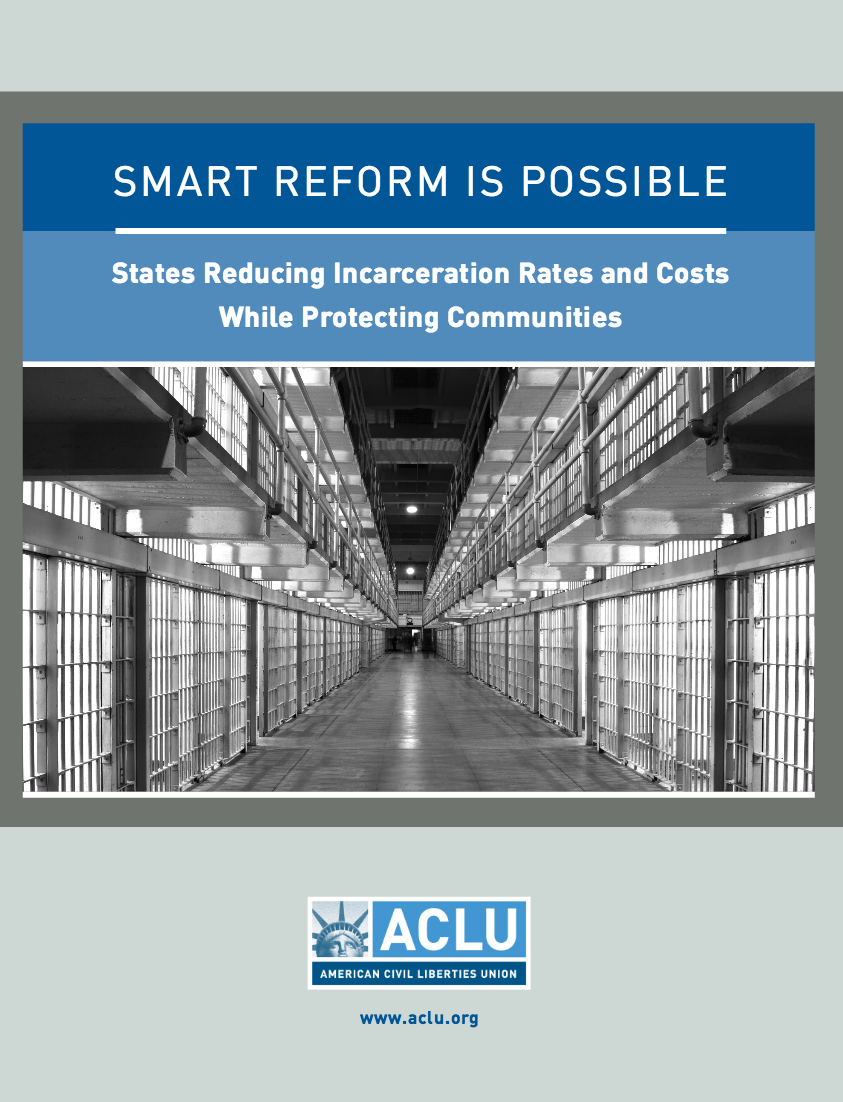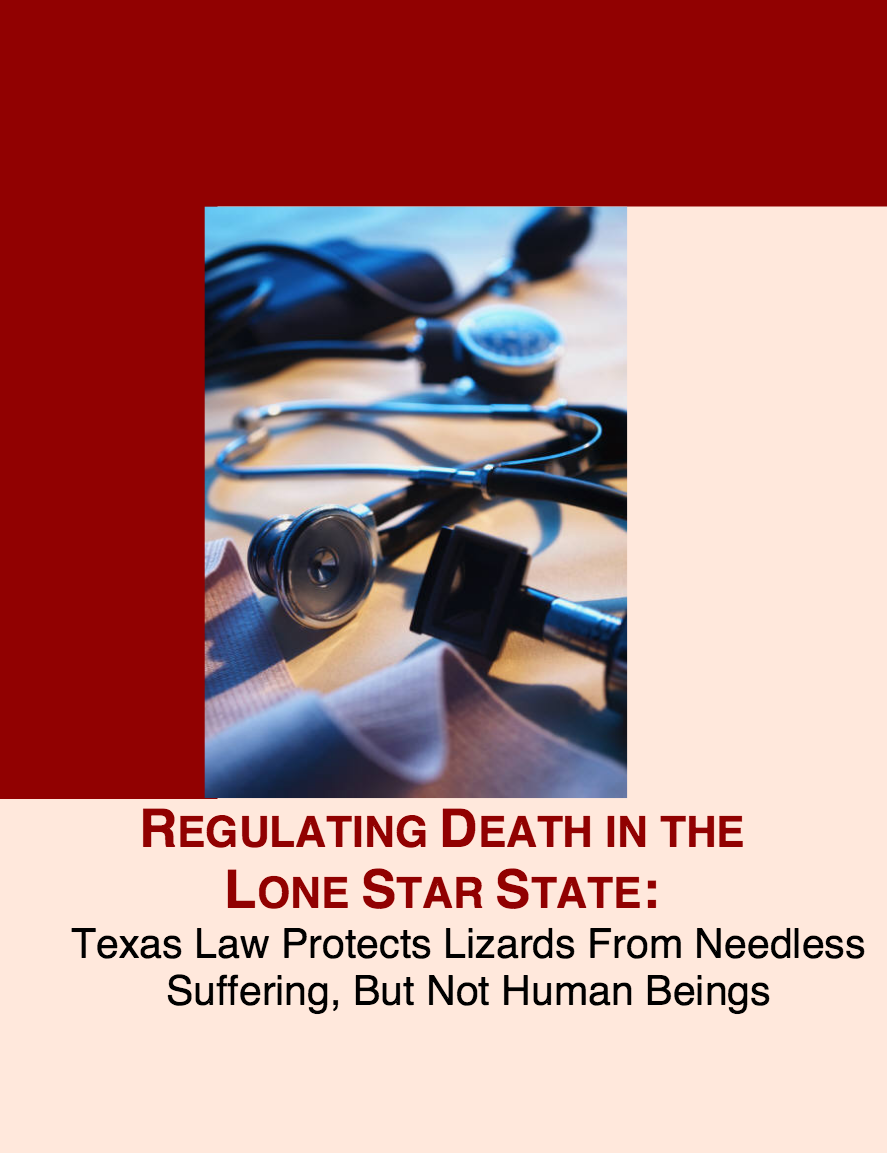The imprisonment of human beings at record levels is both a moral failure and an economic one—especially at a time when more and more Americans are struggling to make ends meet and when state governments confront enormous fiscal crises. This report finds, however, that mass incarceration provides a gigantic windfall for one special interest group—the private prison industry—even as current incarceration levels harm the country as a whole. While the nation’s unprecedented rate of imprisonment deprives individuals of freedom, wrests loved ones from their families, and drains the resources of governments, communities, and taxpayers, the private prison industry reaps lucrative rewards. As the public good suffers from mass incarceration, private prison companies obtain more and more government dollars, and private prison executives at the leading companies rake in enormous compensation packages, in some cases totaling millions of dollars.
Date
Tuesday, November 1, 2011 - 12:00am
Featured image
Show featured image
Hide banner image
Related issues
Smart Justice
Documents
Show related content
Tweet Text
[node:title]
Type
Menu parent dynamic listing
Style
Standard without sidebar
Since President Richard Nixon first announced the “War on Drugs” forty years ago, the United States has adopted “tough on crime” criminal justice policies that have given it the dubious distinction of having the highest incarceration rate in the world. These past forty years of criminal justice policymaking have been characterized by overcriminalization, increasingly draconian sentencing and parole regimes, mass incarceration of impoverished communities of color, and rapid prison building. These policies have also come at a great expense to taxpayers. But budget shortfalls of historic proportions are finally prompting states across the country to realize that less punitive approaches to criminal justice not only make more fiscal sense but also better protect our communities. This report details how several states with long histories of being “tough on crime” have embraced alternatives to incarceration, underscoring that reform is not only politically and fiscally viable, but that other states must also urgently follow suit.
Date
Monday, August 1, 2011 - 12:00am
Featured image
Show featured image
Hide banner image
Related issues
Smart Justice
Documents
Show related content
Tweet Text
[node:title]
Type
Menu parent dynamic listing
Style
Standard without sidebar
As Texas prepared to execute Cleve Foster on April 5, 2011, disturbing new facts emerged in relation to Texas’ lethal injection protocol. The Texas Department of Criminal Justice (TDCJ) announced its intention to begin using a new drug in the lethal injection process, without allowing for any expert analysis or public scrutiny of the suitability of the new drug—pentobarbital. In fact, there is no evidence that Texas has ever engaged in a meaningful assessment of whether the drug can or should be used in combination with the other two drugs administered in lethal injections, pancuronium bromide and potassium chloride. This lack of assessment and transparency is even more troubling given the concerns of prominent anesthesiologists about the efficacy of pentobarbital in the execution of human beings and the risk that the three drugs used in combination could lead to an excruciatingly painful death.
Texas’ lax attitude regarding the taking of human life contrasts sharply with its enactment of detailed regulations to ensure that animals suffer no pain when they are euthanized. Animal euthanasia laws provide strict certification requirements for euthanasia technicians and regulate acceptable methods of intravenous euthanasia down to the correct dosage per kilogram of an animal’s body weight. By contrast, the Texas legislature has failed to enact any legislation to ensure that the individuals responsible for extinguishing human life are properly trained and qualified, and that the drugs they administer are both effective and humane. Instead, the legislature has left the lethal injection protocol to the discretion of the director of the Correctional Institutions Division of the TDCJ – a prison official with no medical training. In Texas, men and women are put to death not under the supervision of doctors and anesthesiologists—or even licensed veterinarians—but at the hands of a prison lethal injection team whose medical training is limited. It is no exaggeration to say that Texas regulates the euthanasia of reptiles more strictly than the execution of human beings.
Date
Tuesday, March 1, 2011 - 12:00am
Featured image
Show featured image
Hide banner image
Related issues
Smart Justice
Documents
Show related content
Tweet Text
[node:title]
Type
Menu parent dynamic listing
Style
Standard without sidebar
Pages


